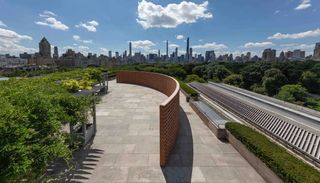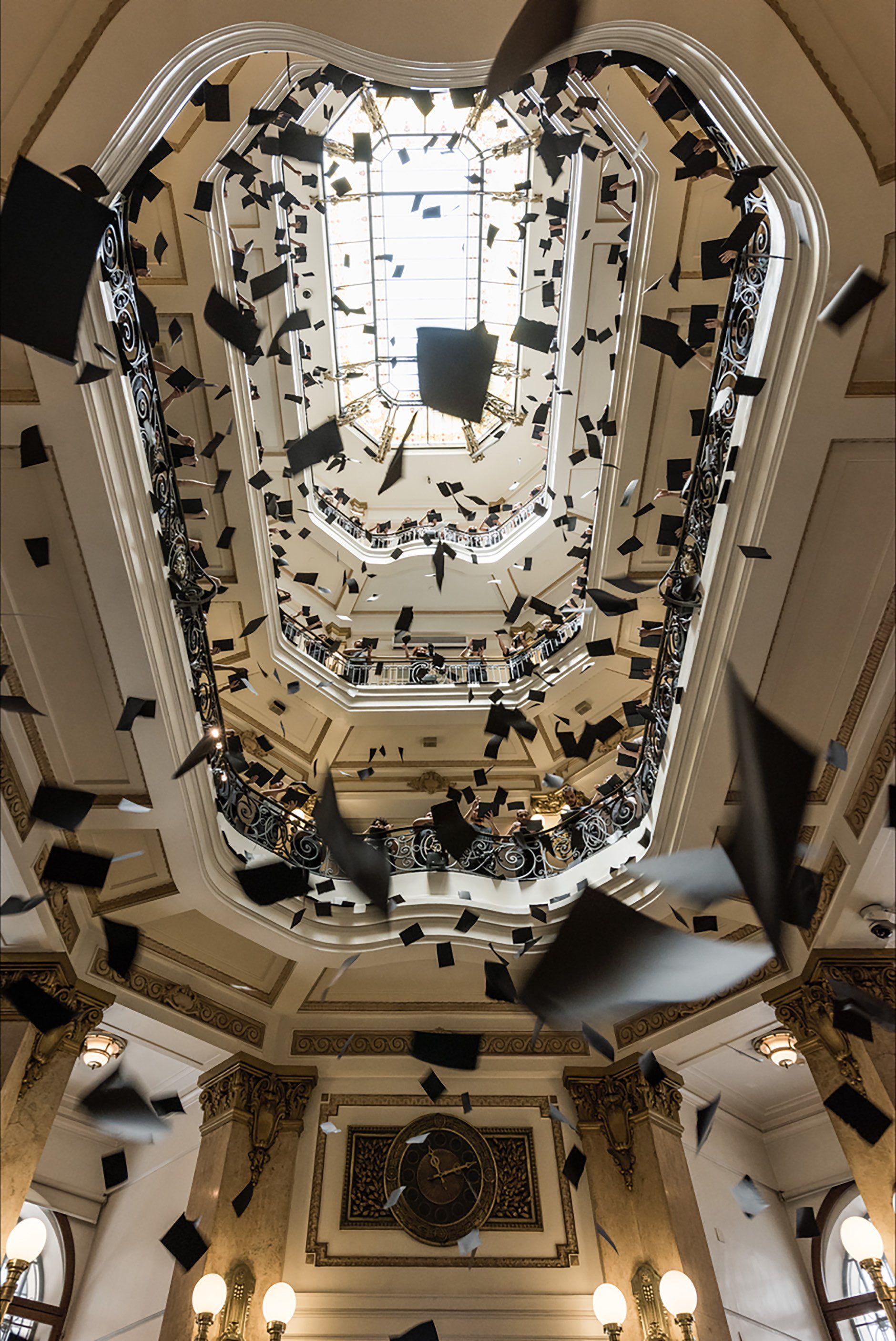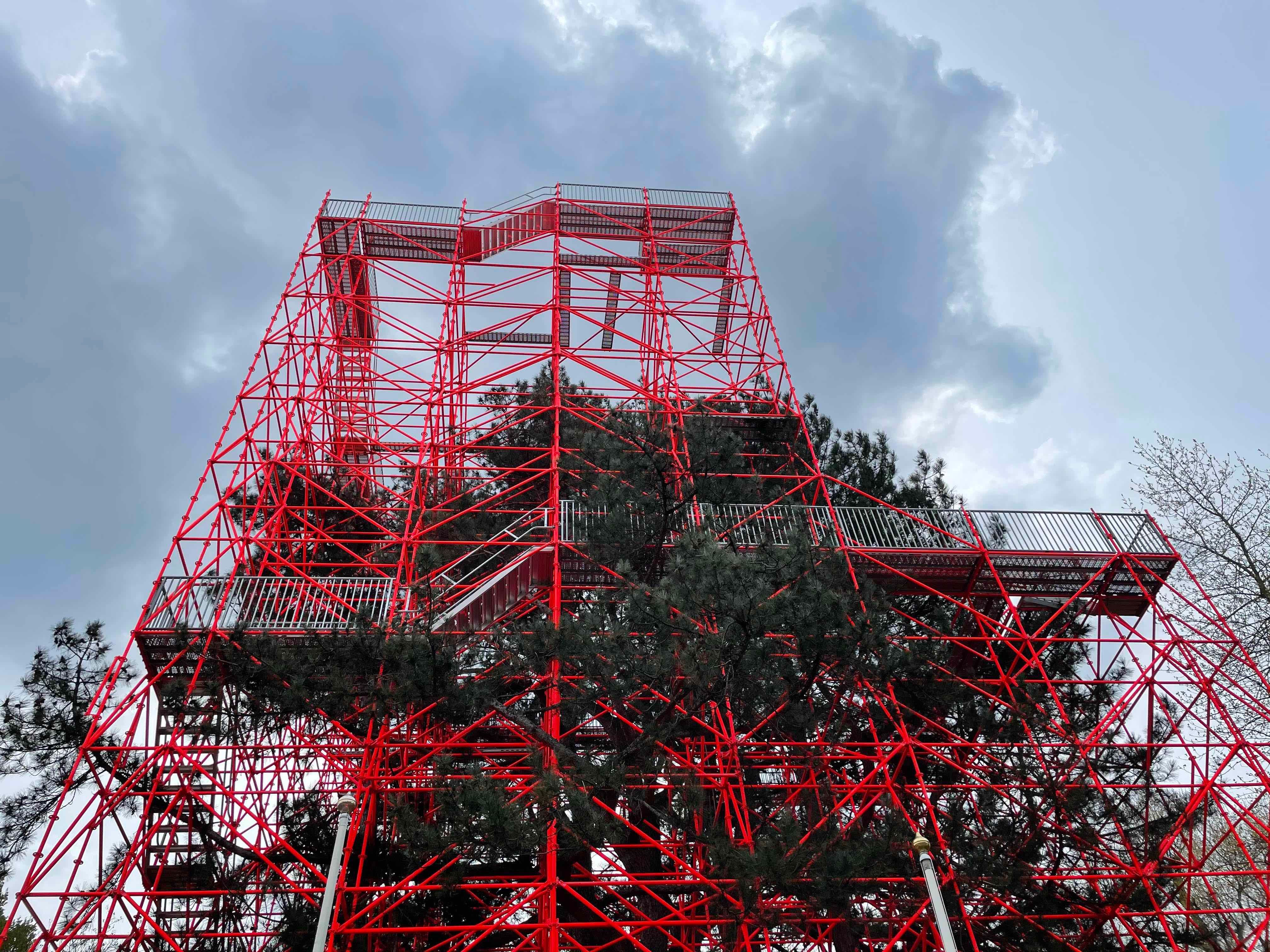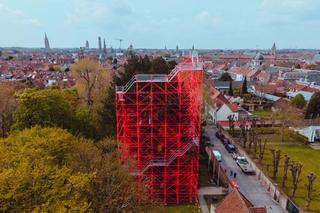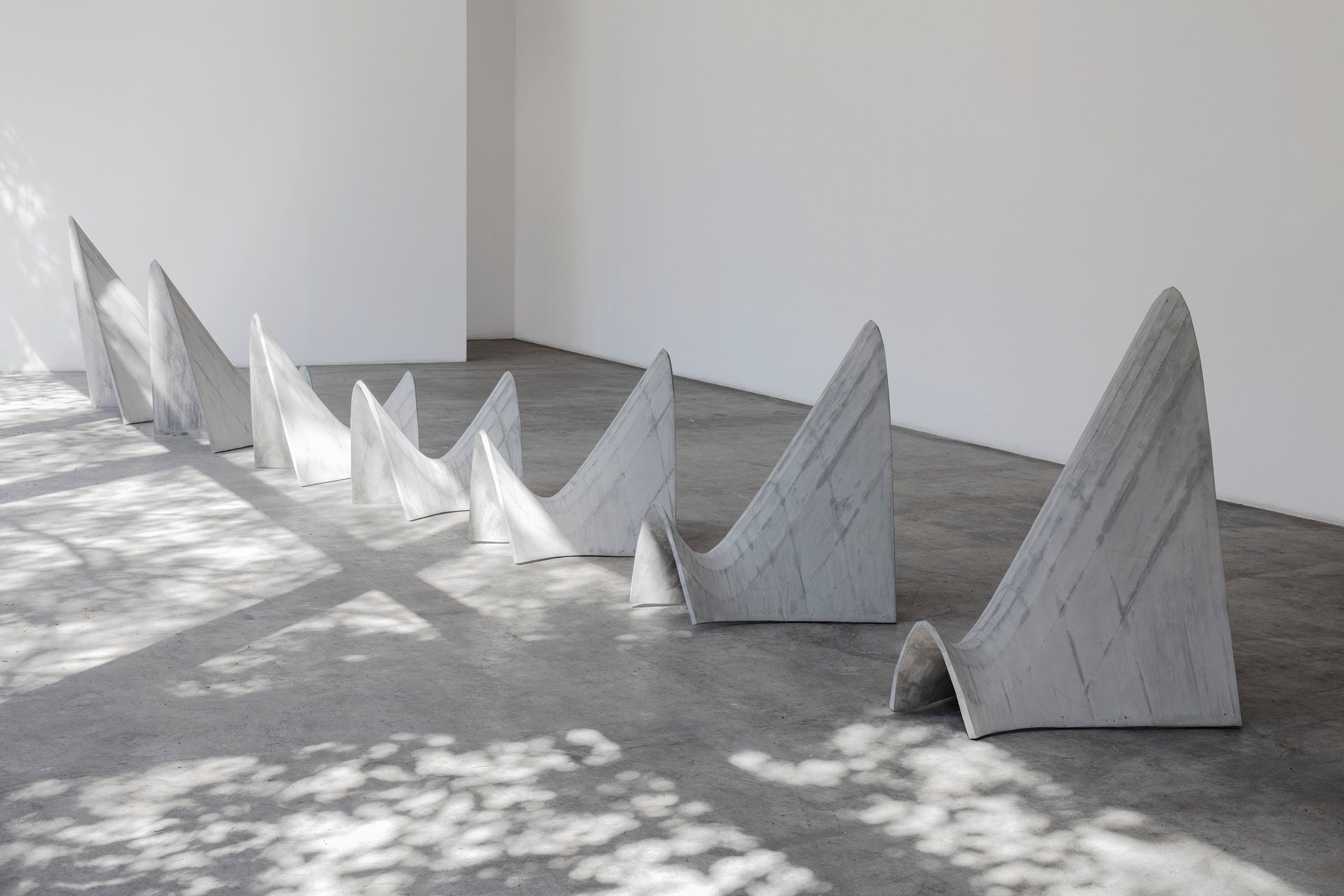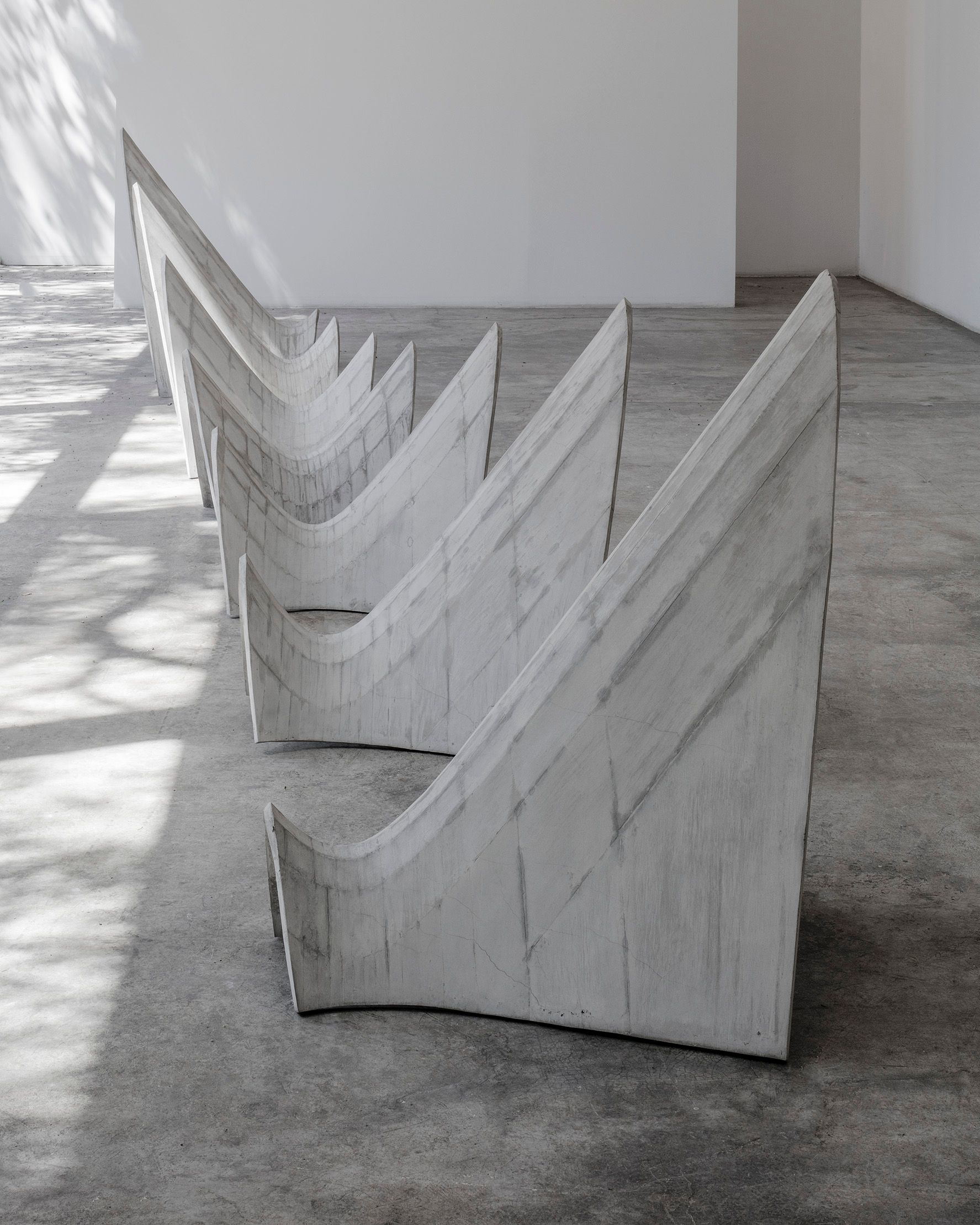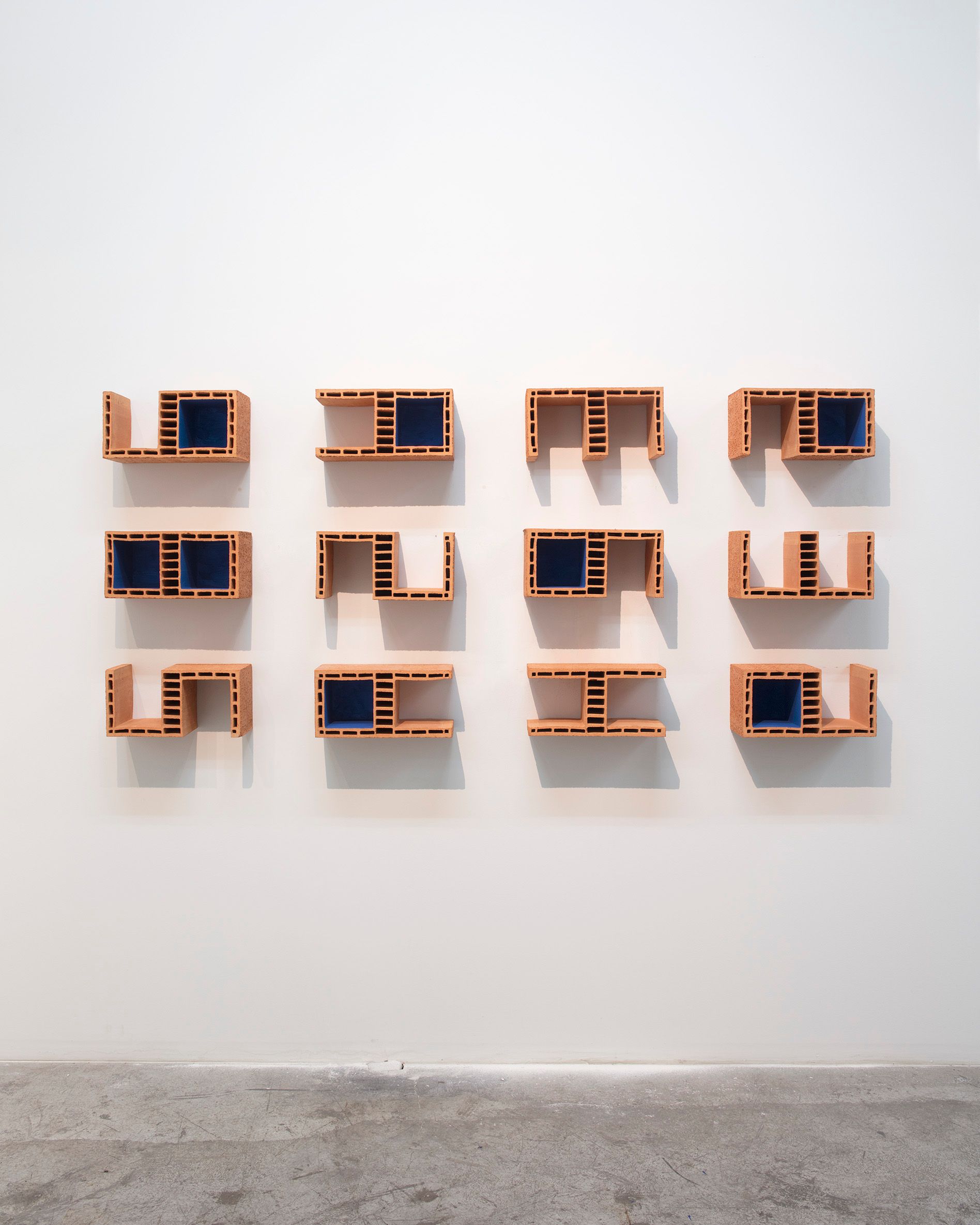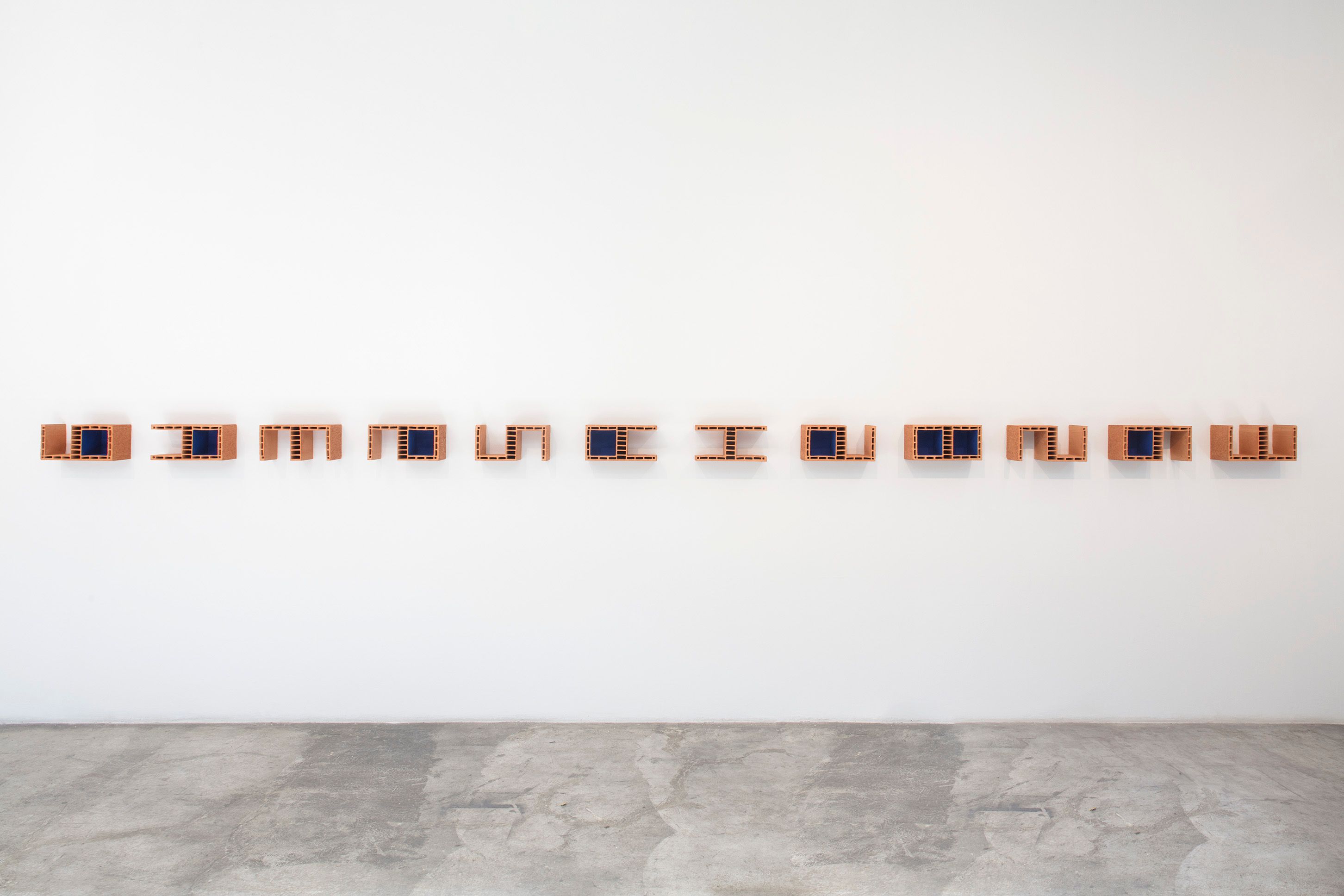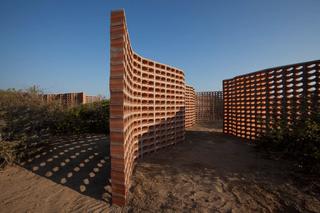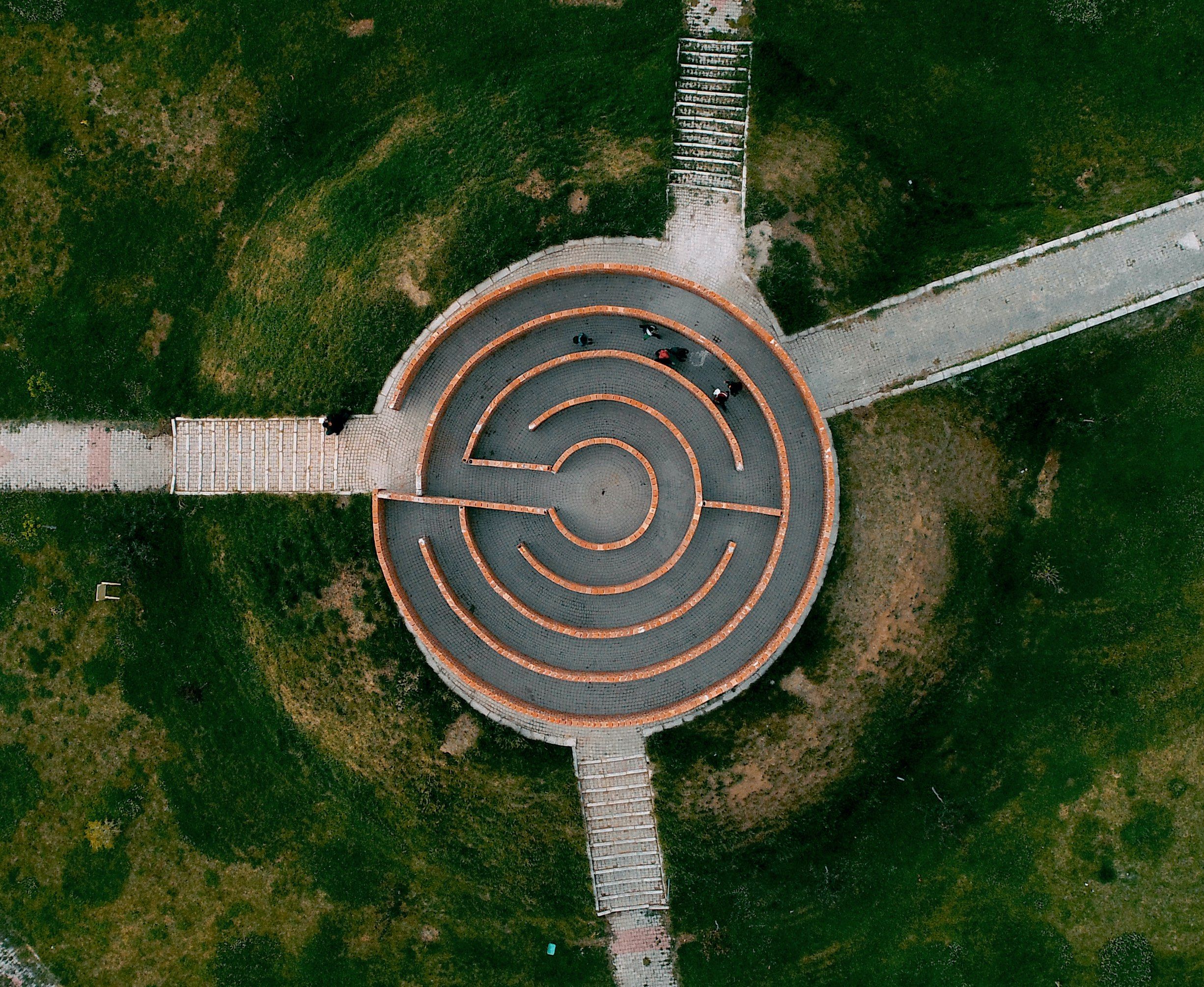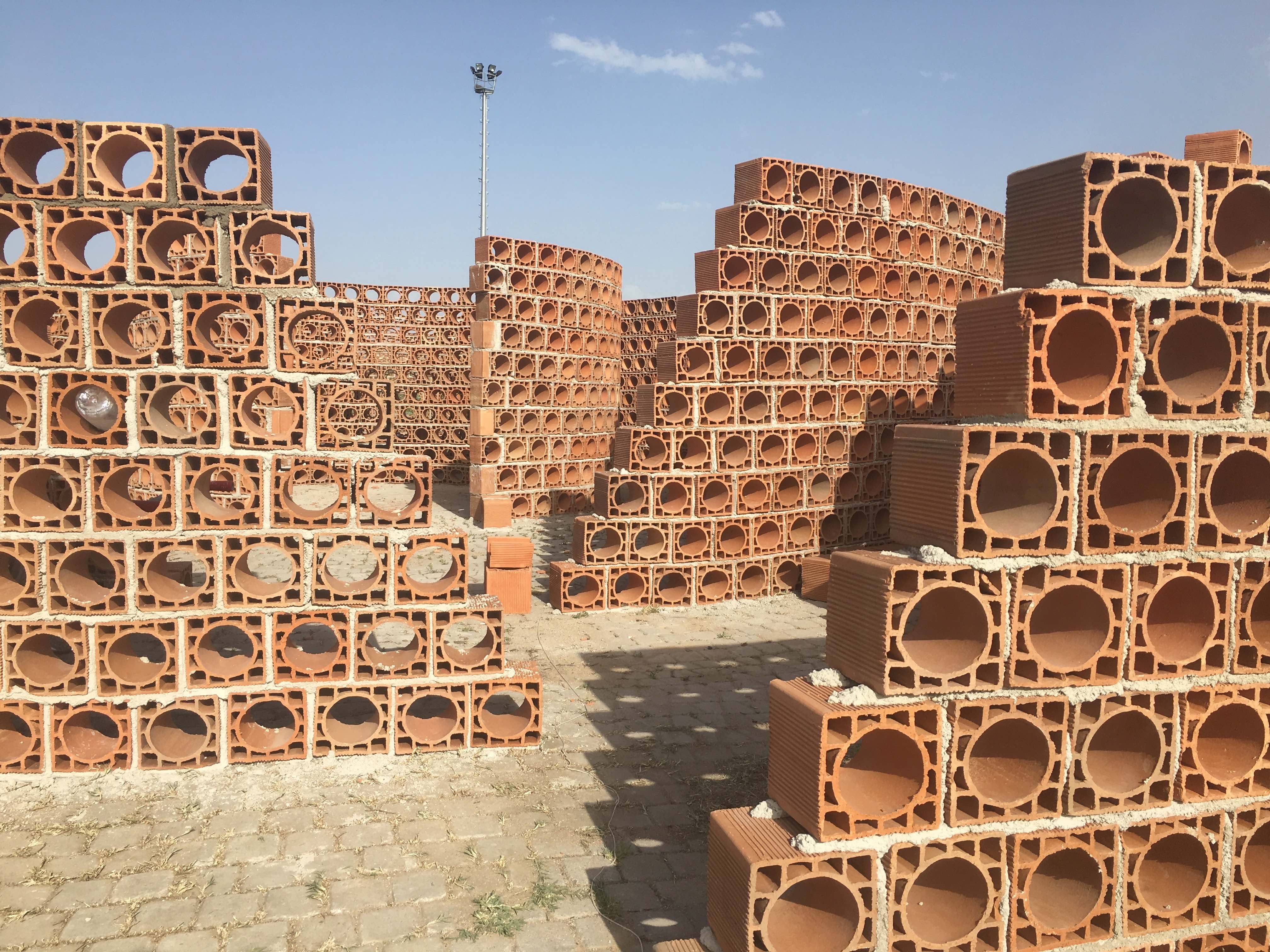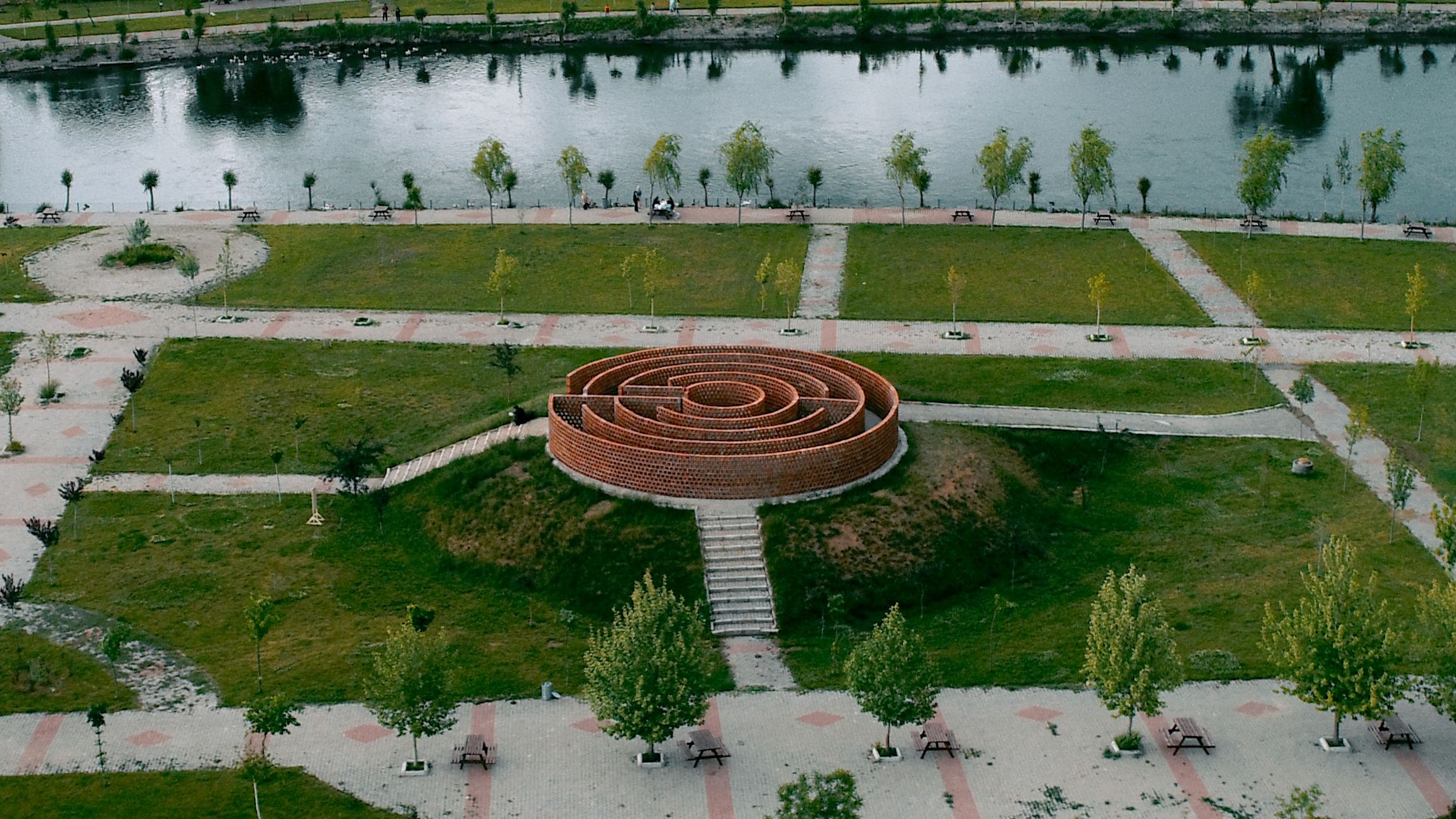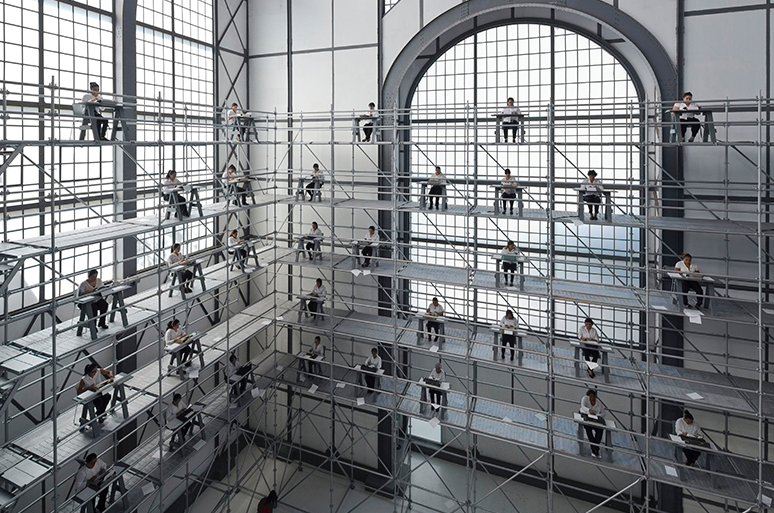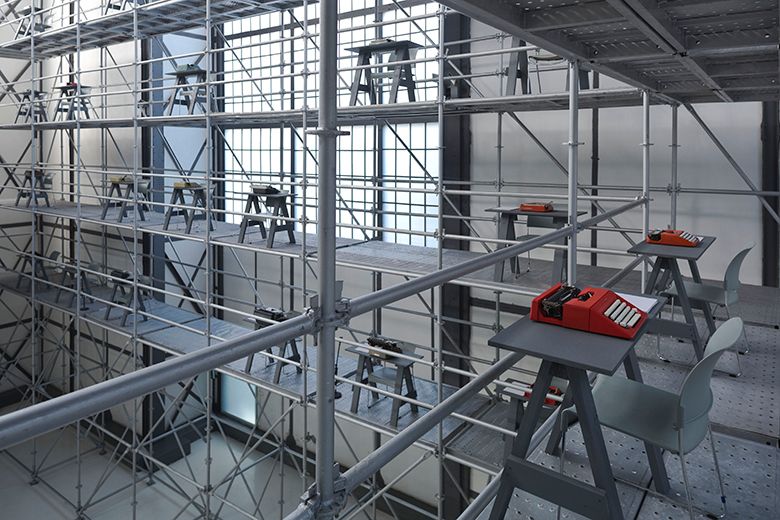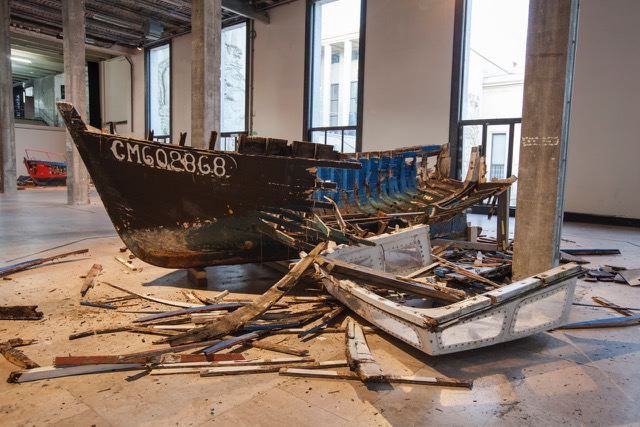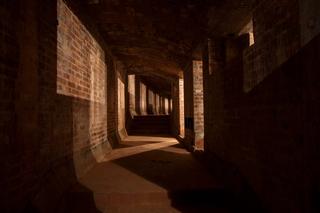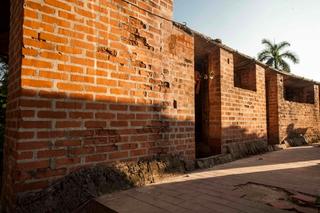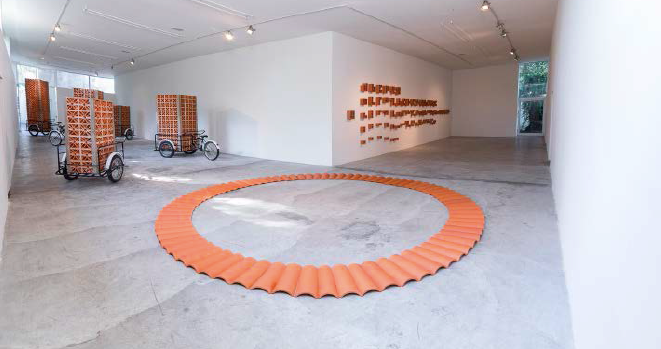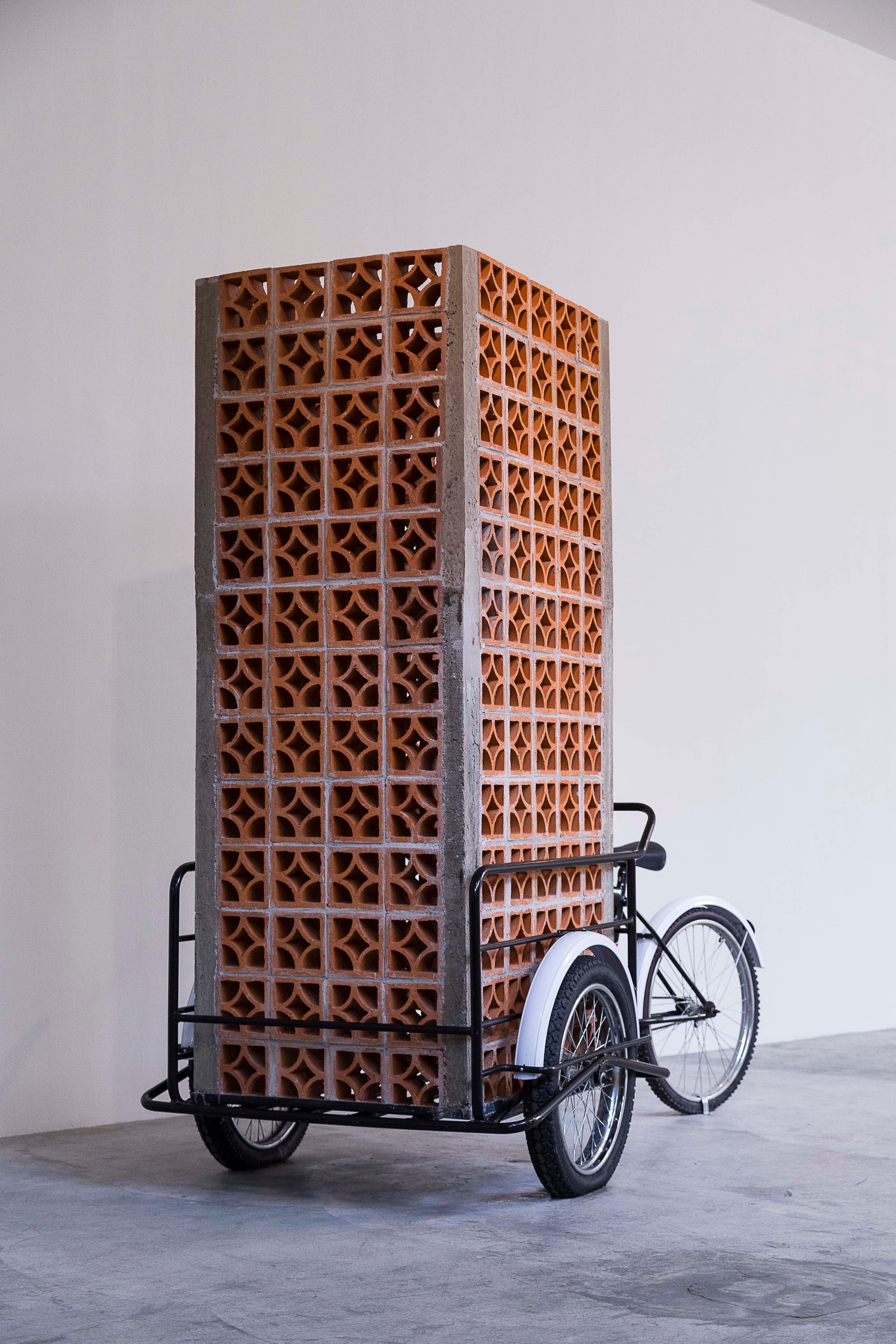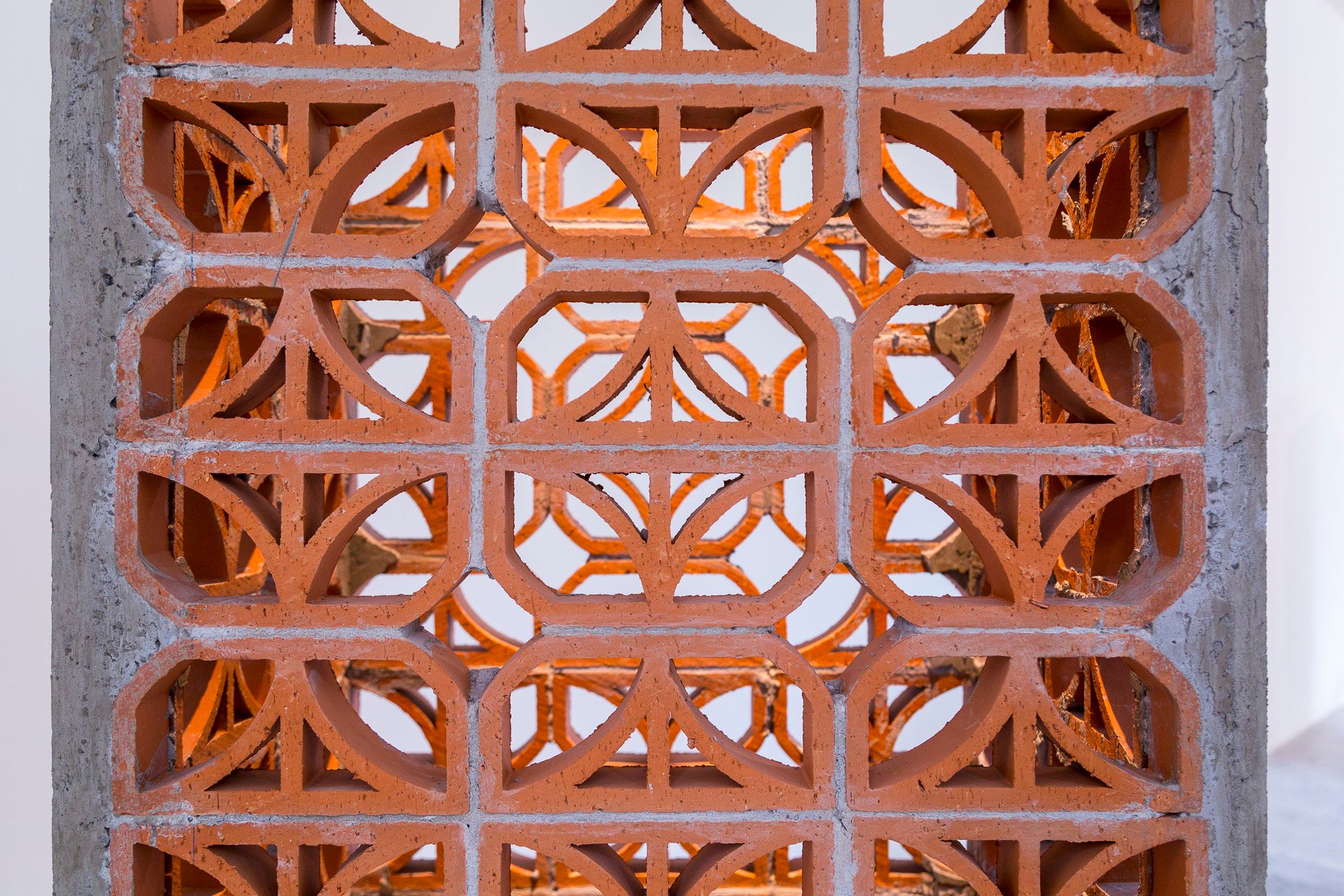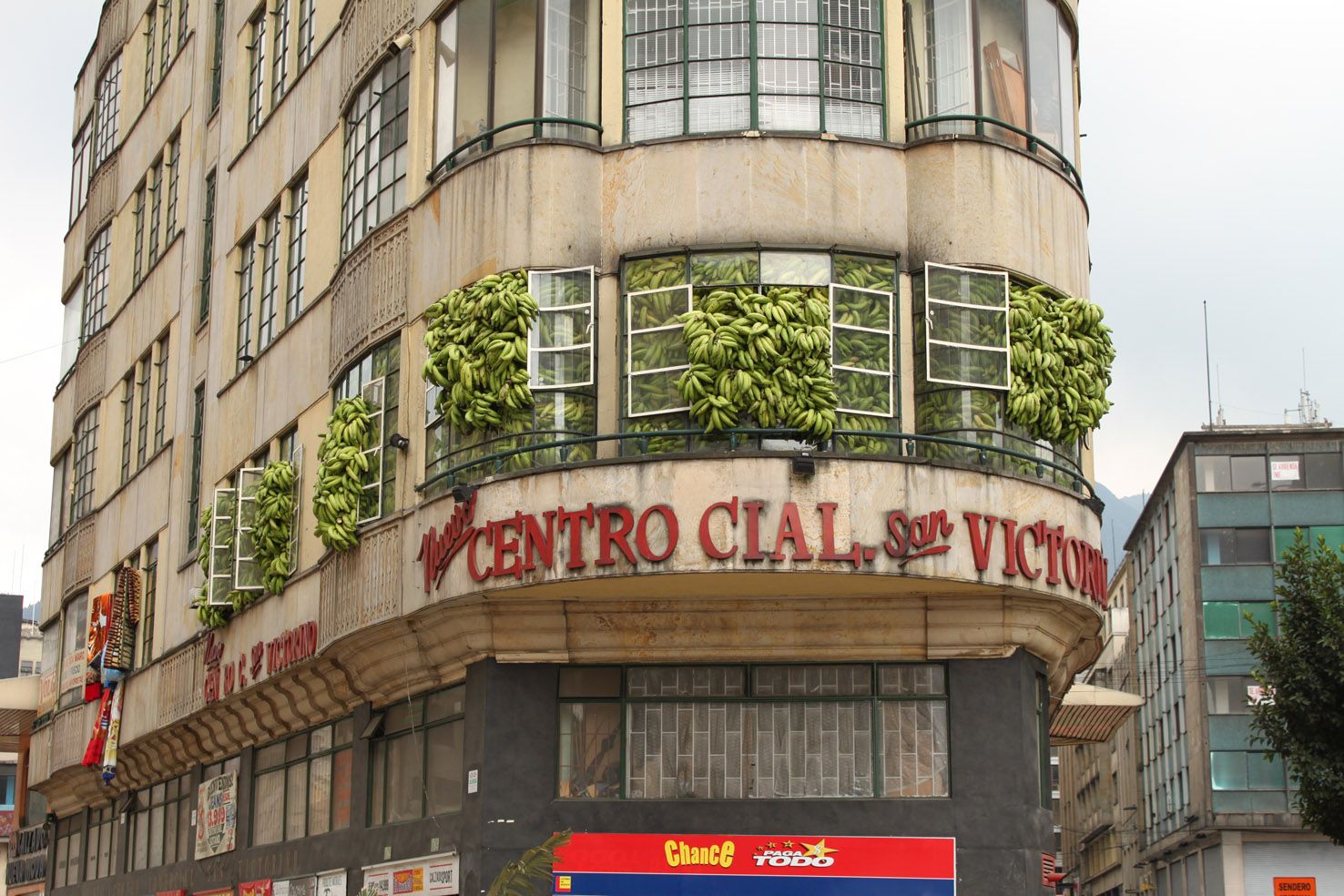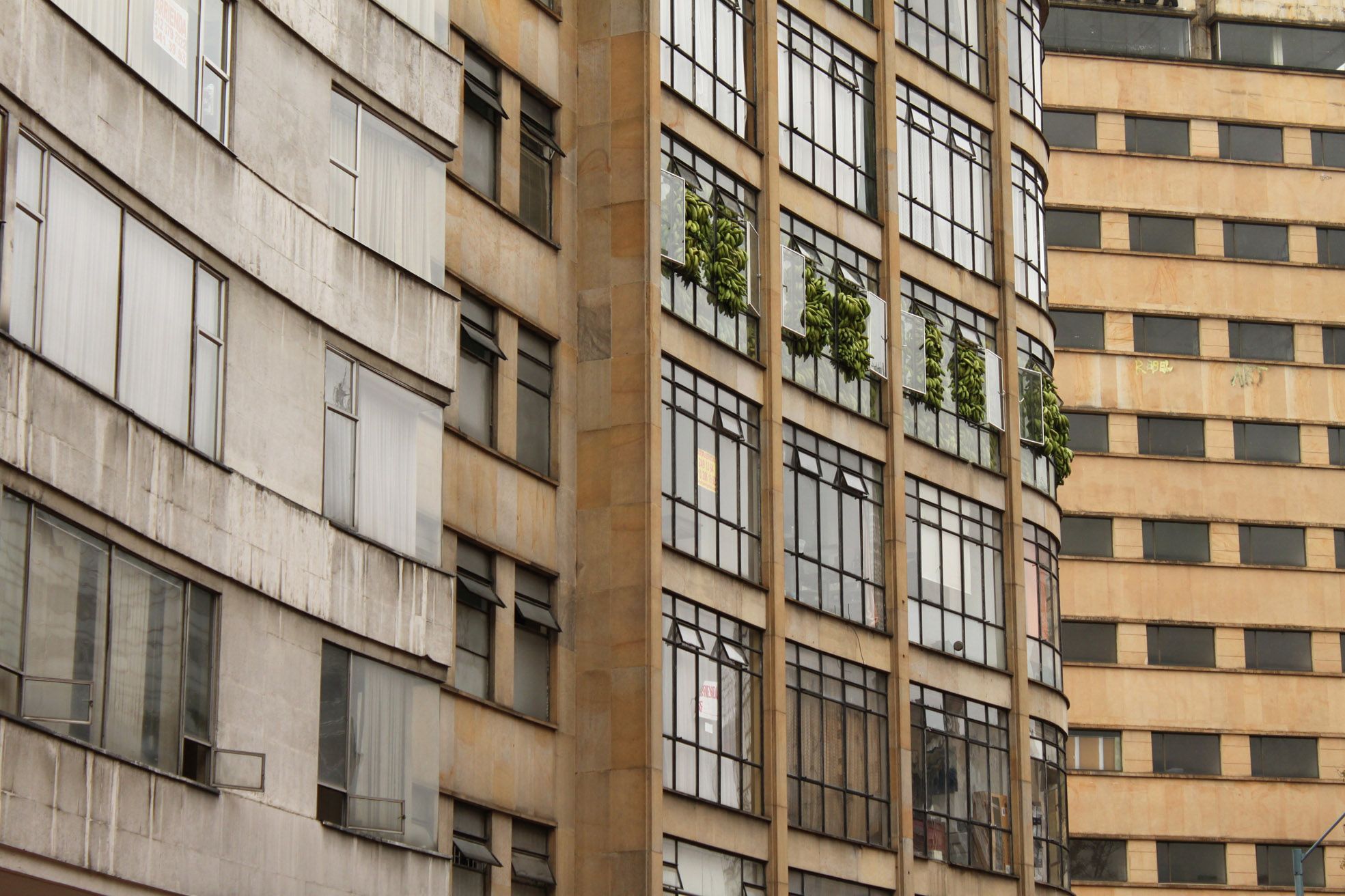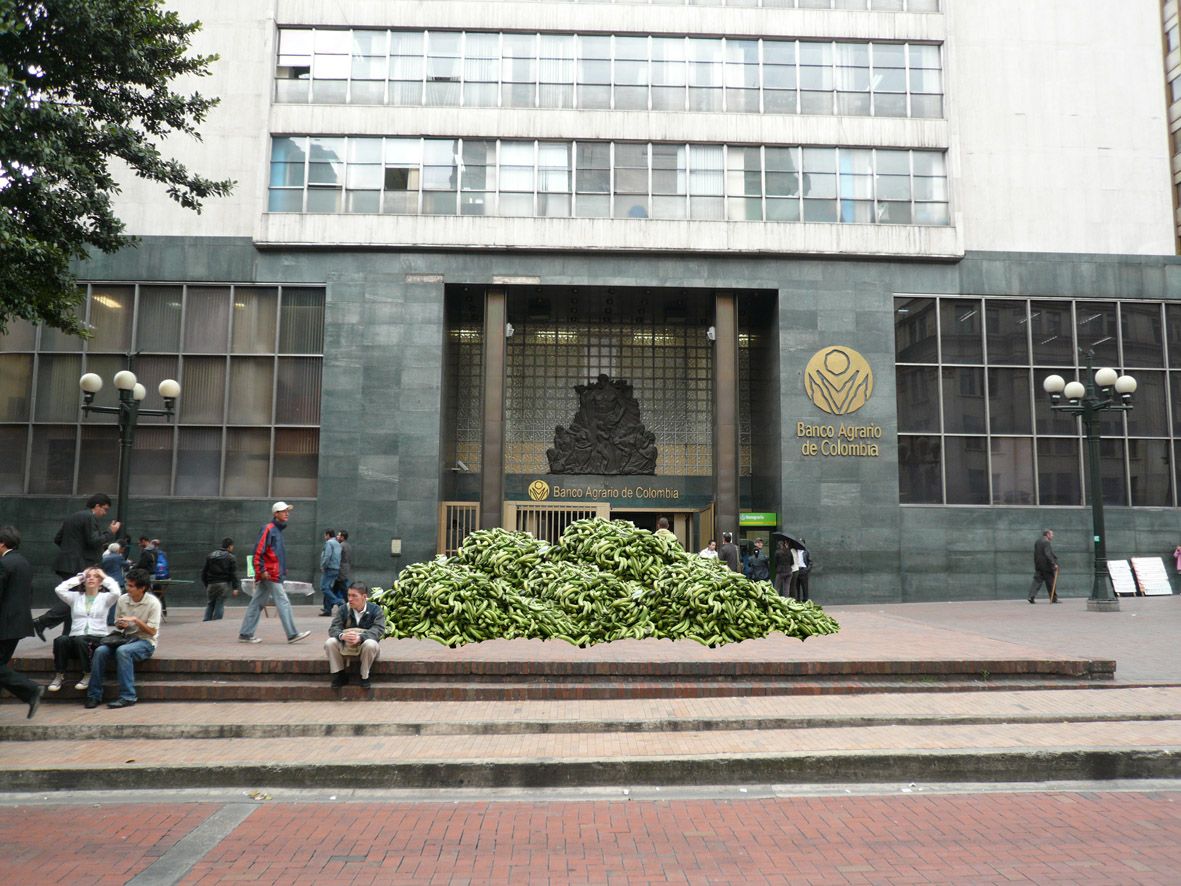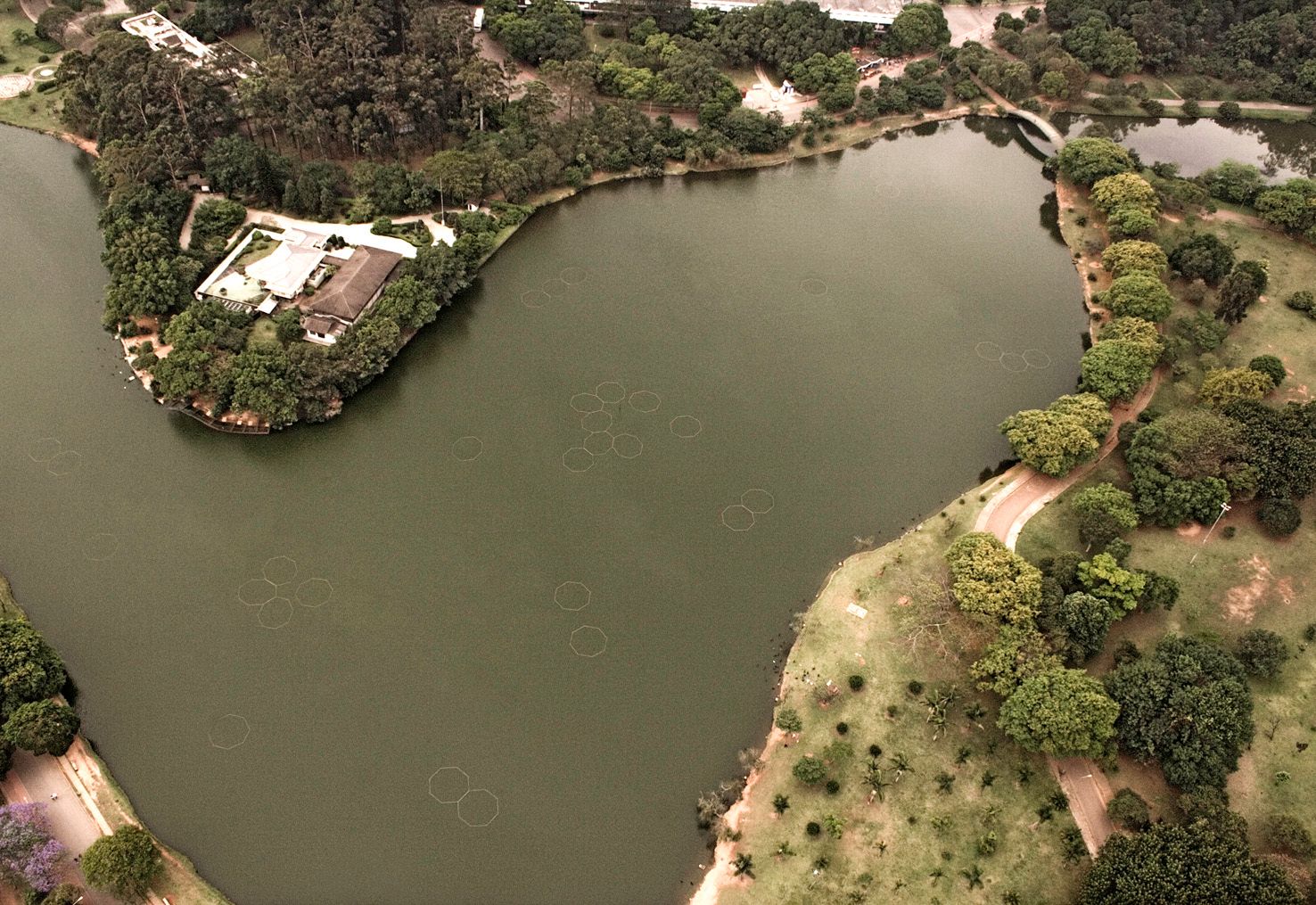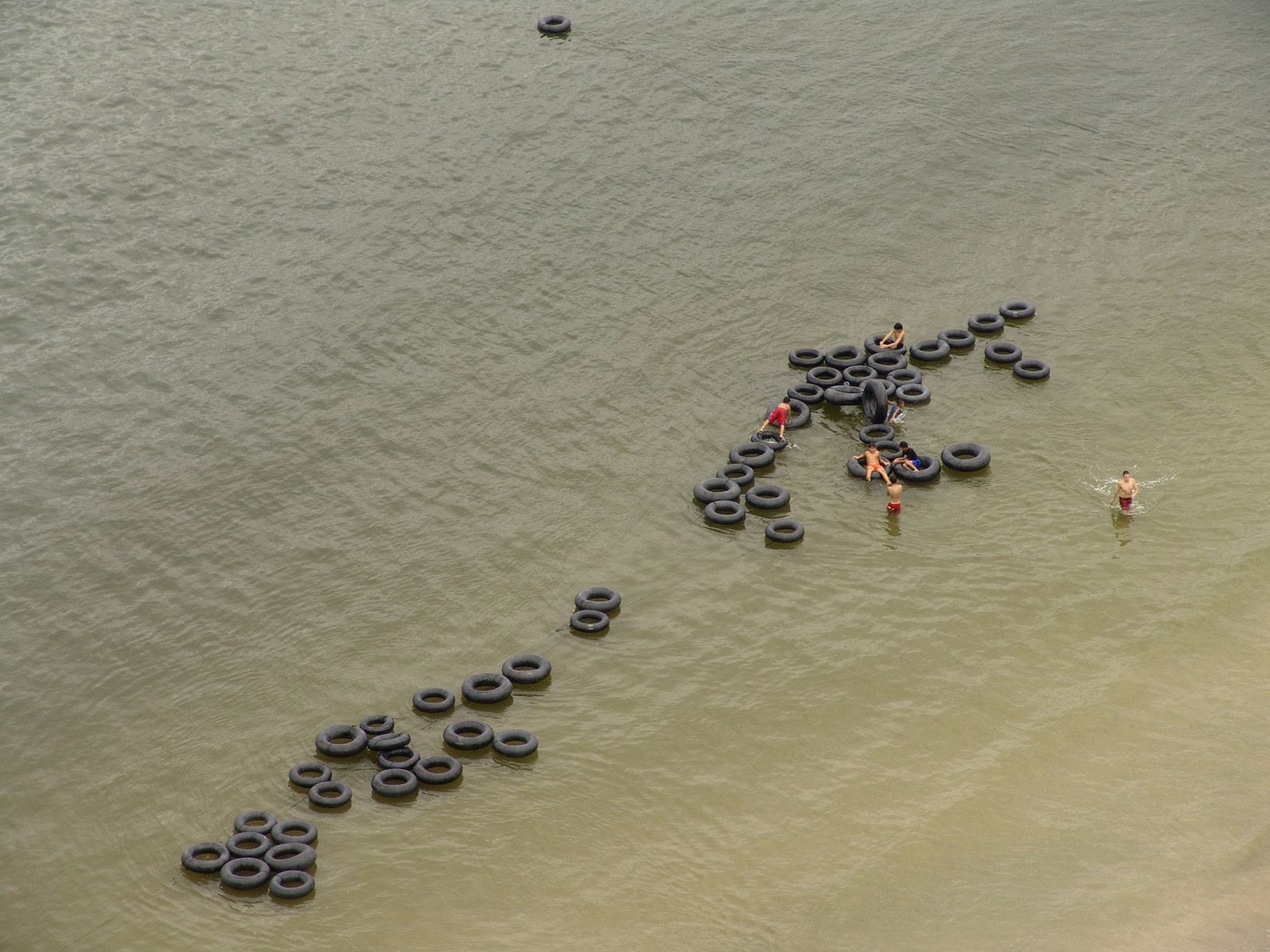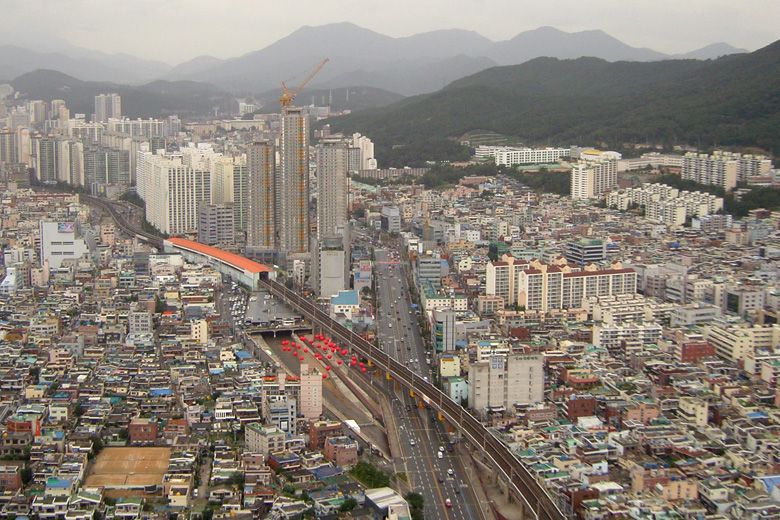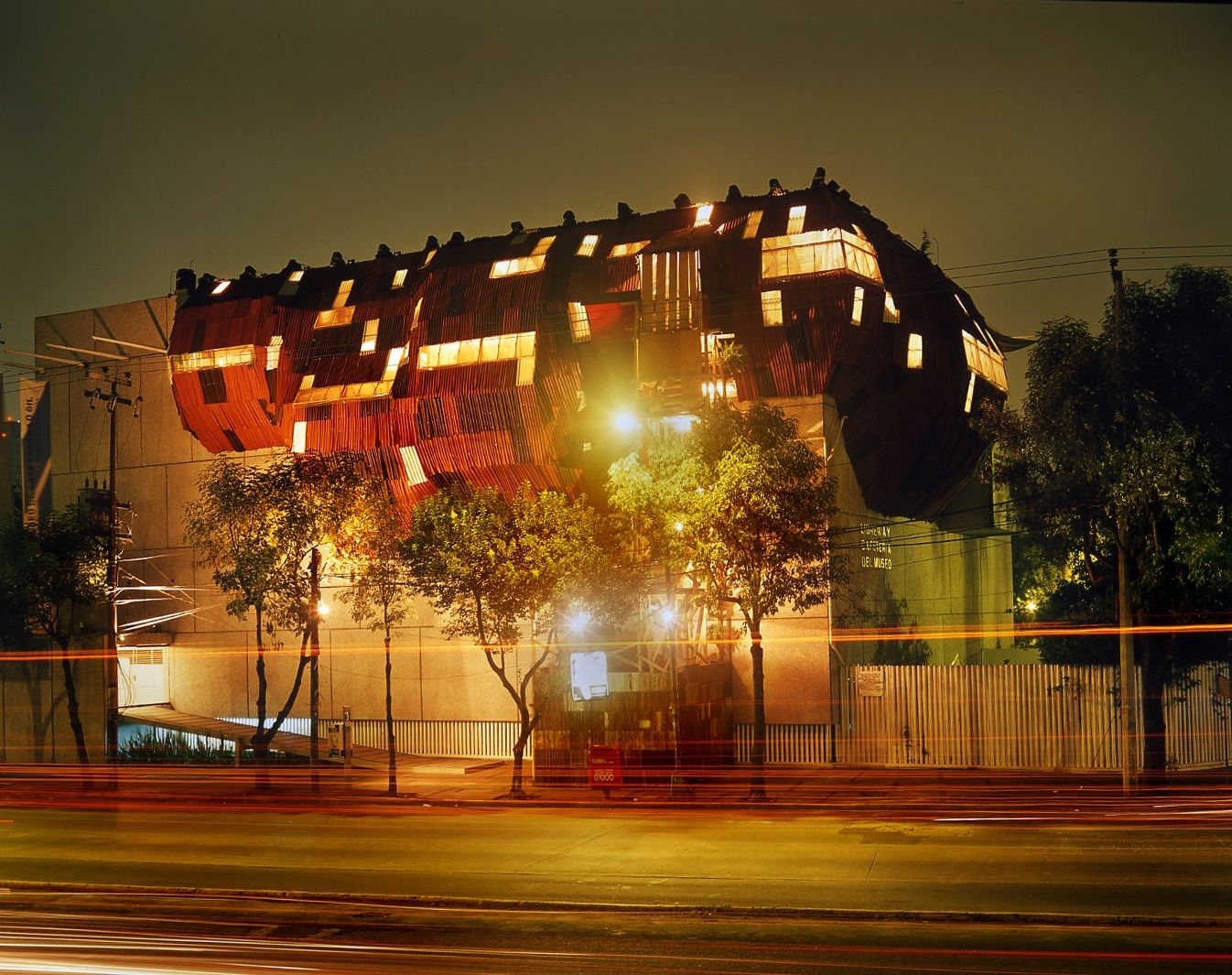Héctor Zamora’s work transcends the conventional exhibition space, reinventing it, redefining it, to generate friction
between the common roles of public and private, exterior and interior, organic and geometric, savage and methodical,
real and imaginary.
Through a meticulous emphasis on the process of conceptualization and construction of each piece, Zamora implicates
the viewer’s participation and requires them to question the everyday uses of materials and the functions of space.
Through determinate and often repetitive actions, the artist provokes surprising and unexpected situations.
Functioning as an invitation to reflect, his work usually involves an active participation of the spectator that is made
possible through an interaction with his interventions. Amongst his most recent projects, he carried out earlier this
year the performance “EMERGENCIA” at Albarrán Bourdais in Madrid, that explores the tension between harmony
and destruction that arises among individuals once the rhythm of exchange is established. “Chimera”, whose first
interation took place during the 2023 edition of Desert X in the Coachella Valley (CA), sought to make visible issues
related to migration and the American dream. Also in 2023, the artist orchestrated “Delirio”, a performance and
exhibition at Labor gallery that pays homage to Mexico’s informal economies and poses a direct questioning of the
art market. “Strangler” (2021) was made for the Triennial Bruges: the monumental scaffolding structure completely
wraps a large Austrian pine as would do the Strangler Trees that grow in tropical forests. “Lattice Detour” (2020), a
curved wall made of hollow terracotta bricks, was commissioned as a site-specific installation for the Met Museum’s
rooftop. The wall transcends the limits of the museum to become part of the iconic New York skyline, imposing a new
type of circulation in the space, while reflecting on borders and their permeability.
Héctor Zamora has participated in the Dhaka Art Summit 2020, the 14th Lyon Biennial (2017), the 12th and 9th
Havana Biennial (2006, 2015), the 13th Istanbul Biennial (2013), the 53rd Venice Biennial (2009) and the 27th Sao
Paulo Biennial (2006), among others. He received the 2007 Pollock-Krasner Foundation grant.
